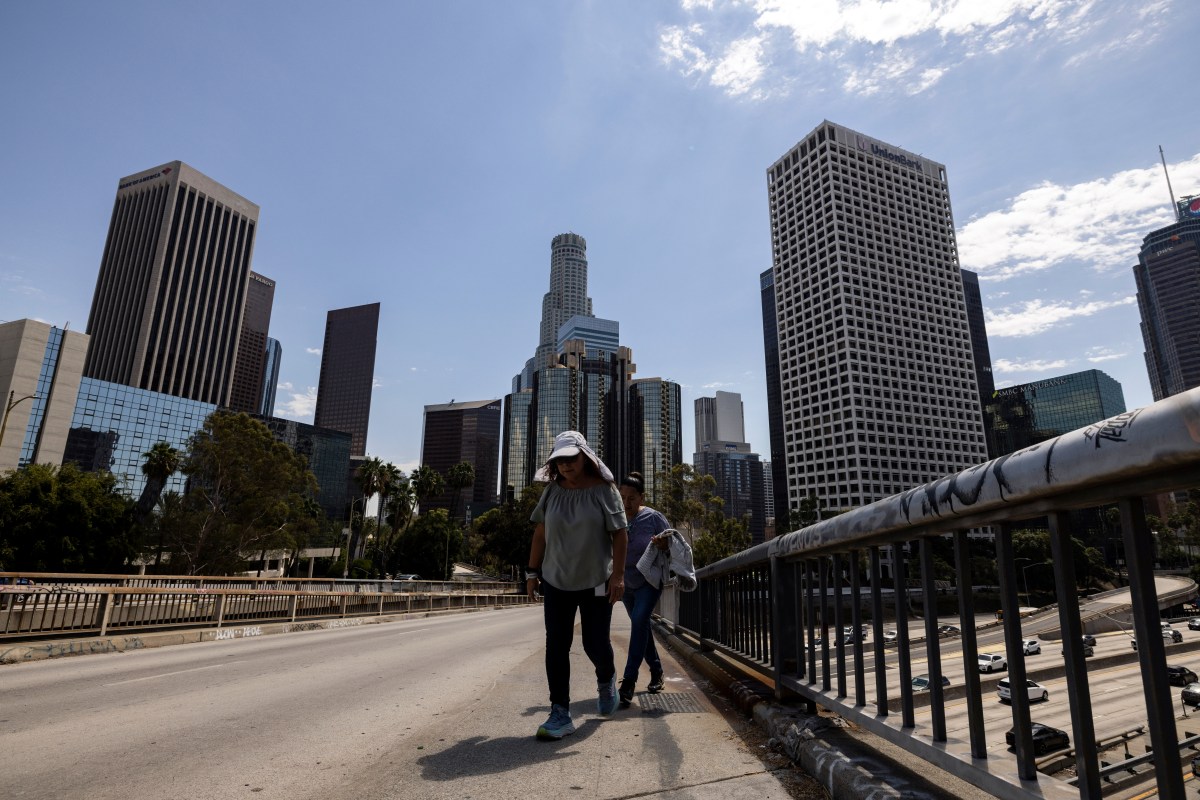Unraveling the Heat: Southern California Braces for Scorching Weekend
Southern California faces a blistering heatwave this weekend, with temperatures expected to soar 10-15 degrees above average across Los Angeles, Orange, and San Diego counties. The National Weather Service (NWS) issued excessive heat warnings from Friday through Sunday, predicting triple-digit highs in inland valleys and dangerous conditions for vulnerable populations. Meteorologists attribute the spike to a high-pressure system trapping hot air, compounded by climate change trends showing more frequent extreme heat events in the region.
Temperature Projections and Affected Areas
The NWS forecasts these peak temperatures for Saturday:
- Inland Empire: 105-110°F (41-43°C)
- San Fernando Valley: 103-107°F (39-42°C)
- Coastal areas: 85-95°F (29-35°C) with partial marine layer relief
“This isn’t just uncomfortable heat—it’s potentially life-threatening,” warns Dr. Alicia Moreno, USC climatologist. “Since 2000, heat-related deaths in California have increased 300%, and weekends like this contribute significantly.” Data from the California Environmental Protection Agency shows the state experienced its 10 hottest years on record since 2010.
Health Risks and Safety Precautions
Emergency rooms typically see a 20% surge in heat-related cases during such events, according to Cedars-Sinai hospital records. High-risk groups include:
- Elderly residents (65+)
- Children under 5
- Outdoor workers
- Those without air conditioning
“Hydration starts before you feel thirsty,” emphasizes Dr. Robert Chen, ER physician at UCLA Medical Center. “We’re already treating patients for heat exhaustion, and the worst is yet to come.” He recommends consuming one extra liter of water per hour during peak heat and recognizing early symptoms like dizziness or muscle cramps.
Impact on Outdoor Activities and Events
Event organizers face last-minute adjustments:
- Disneyland extending pool hours and adding misting stations
- Little League tournaments rescheduling games to early mornings
- Hiking trails in Angeles National Forest closing after 10 AM
Meanwhile, beach crowds are expected to double, raising concerns about water safety. “We’ll have all lifeguard towers staffed,” says LA County Lifeguard Captain Maria Gutierrez. “But rip currents are stronger during heatwaves due to changing wind patterns.”
Energy Demands and Power Outage Risks
California ISO, the state’s grid operator, predicts record electricity demand exceeding 45,000 megawatts on Saturday afternoon—enough to power 34 million homes. While officials assure the grid can handle the load, they urge consumers to:
- Set thermostats to 78°F (26°C) or higher
- Avoid major appliance use between 4-9 PM
- Charge EVs overnight
“Every degree above 78 increases cooling costs by 6-8%,” notes energy analyst Jamal Wright. “Strategic usage prevents rolling blackouts that endanger vulnerable residents.”
Long-Term Climate Context
The current heatwave fits a troubling pattern. NOAA data reveals Southern California’s average summer temperature has risen 3.2°F (1.8°C) since 1970, with heatwaves lasting 40% longer. Urban heat island effects compound the problem—asphalt and concrete in downtown LA measure 20°F hotter than surrounding rural areas at peak hours.
“We’re designing cooler cities for the future,” shares urban planner Lisa Nguyen, pointing to projects like:
- Cool pavement pilot programs in Pacoima
- Tree canopy expansion in low-income neighborhoods
- Reflective roofing mandates for new construction
Staying Cool: Practical Tips Beyond the Obvious
Beyond hydration and shade, experts suggest:
- Strategic ventilation: Open windows overnight, close by 8 AM
- Pulse cooling: 15-minute cold showers lower core temperature
- Community resources: 150+ cooling centers opening countywide
Animal shelters also report increased intake of overheated pets. “Never leave dogs in parked cars—interior temps hit 120°F in minutes,” warns ASPCA officer David Kim.
What Comes After the Heatwave?
The NWS predicts moderate cooling early next week, but climate scientists caution that such events will grow more severe. A 2022 UCLA study projects 50+ days over 95°F annually by 2050 in Southern California, up from the current 25-day average.
“This weekend is a wake-up call,” concludes Dr. Moreno. “Individual preparedness matters, but systemic changes—from energy infrastructure to urban design—will determine how we weather future extremes.” Residents can sign up for local emergency alerts and review state heat resources to stay informed as summer progresses.
See more Your Daily Weather



